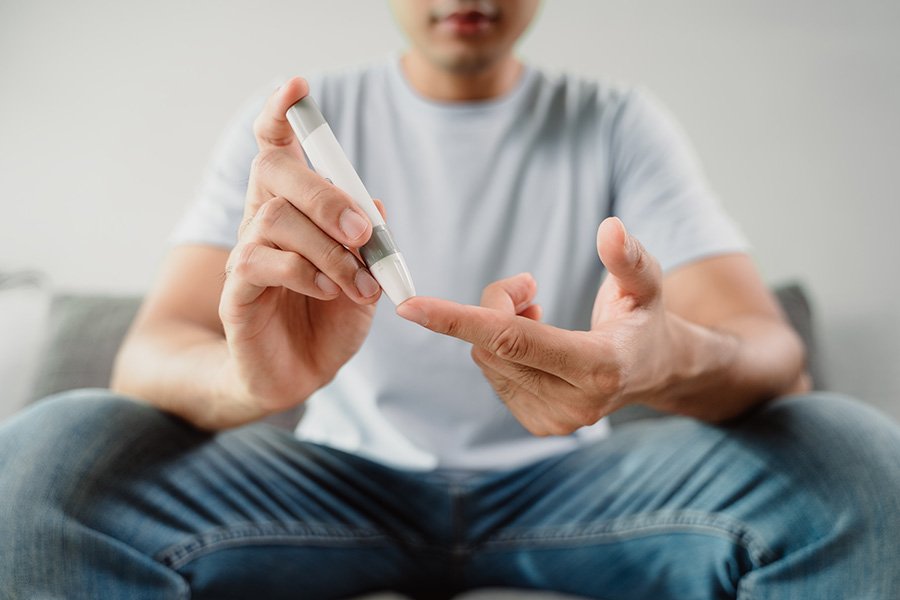Share this article!
What is Considered Low Blood Sugar?
Low blood sugar, or hypoglycemia, generally occurs when blood glucose levels drop below 70 mg/dL. However, the exact threshold can vary from person to person. Some individuals may experience symptoms even with readings higher than this. It’s important to recognize your own body’s response to low blood sugar to determine what is considered low for you.
Symptoms of Low Blood Sugar
Recognizing the symptoms of low blood sugar is crucial for effective management. Common signs include shaking, sweating, dizziness, irritability, and confusion. In some cases, individuals may also experience a rapid heartbeat or headaches. If left untreated, severe hypoglycemia can lead to unconsciousness or seizures, making it vital to take these symptoms seriously.
What to Do When You Experience Low Blood Sugar
If you suspect low blood sugar, quick action is essential. Consuming 15-20 grams of fast-acting carbohydrates, such as glucose tablets, fruit juice, or regular soda, can help restore normal levels. After treating, check your blood sugar again after 15 minutes. If it’s still low, repeat the process. Long-term strategies may include regular meals, balanced snacks, and monitoring your glucose levels to prevent future episodes of hypoglycemia.







